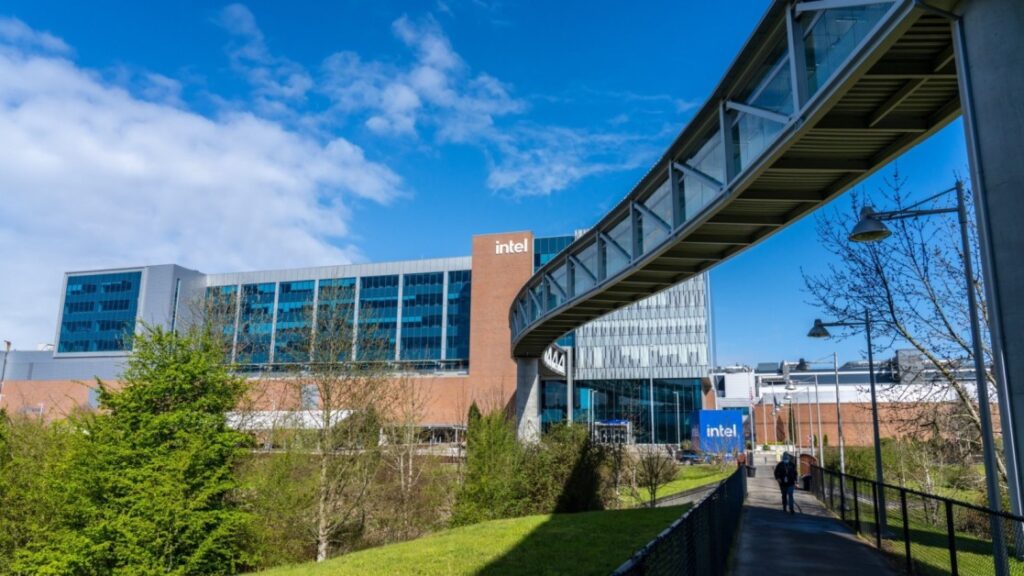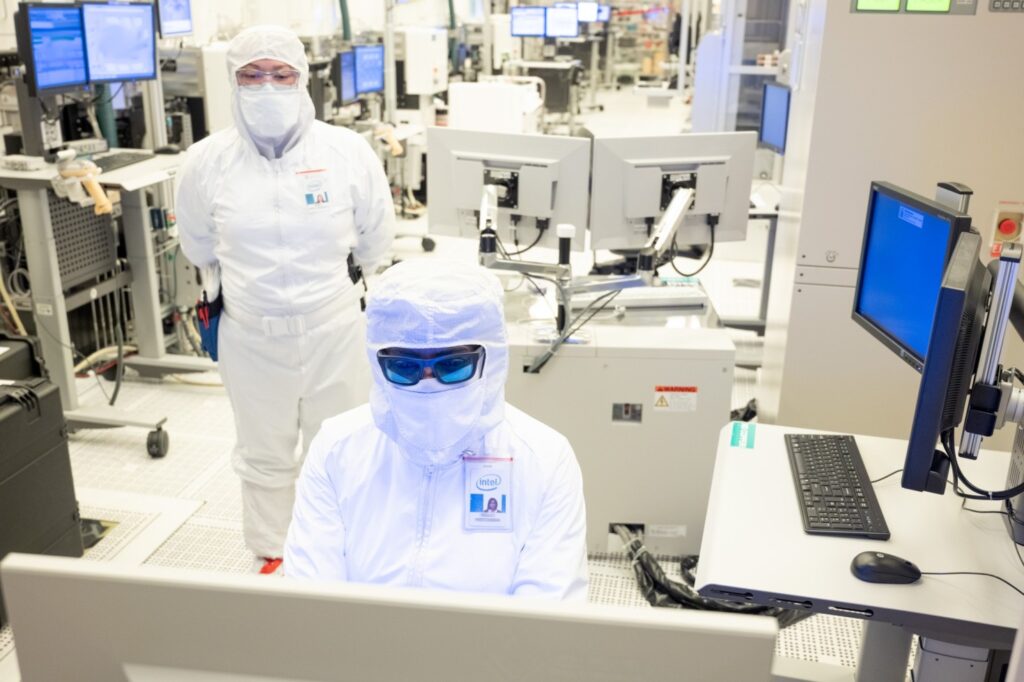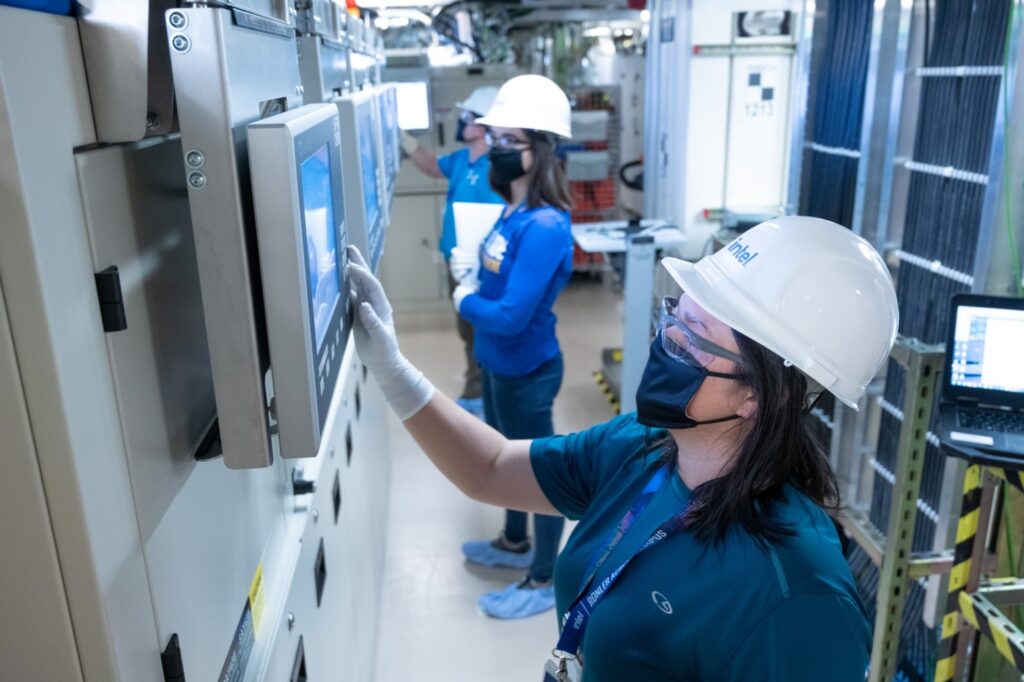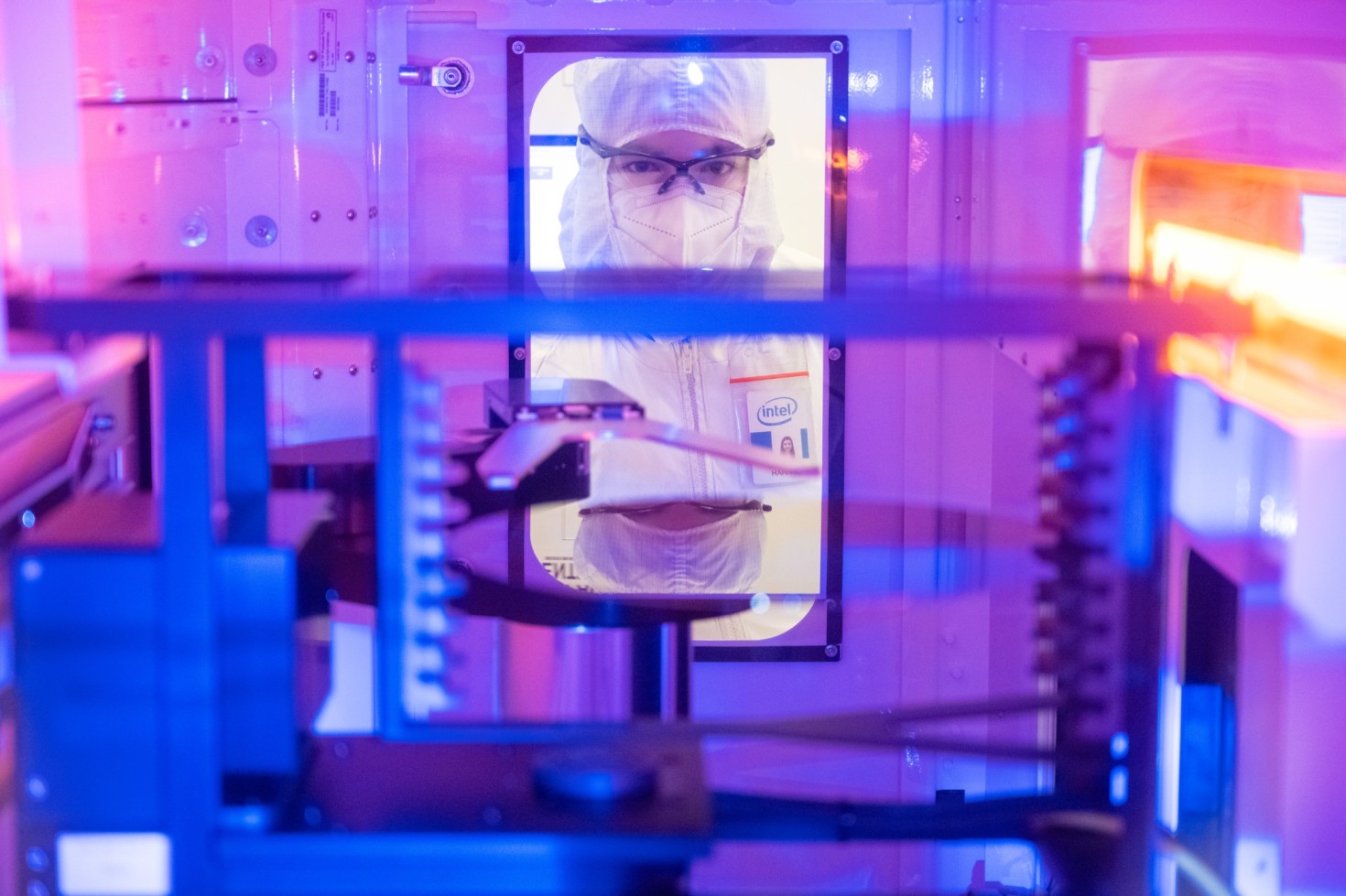Intel completes expansion of $3 billion semiconductor fabrication plant in Hillsboro, Oregon.
The company celebrates the heritage of innovation by renaming Ronler Acres campus in honor of Intel co-founder Gordon Moore.
The latest extension of Intel’s D1X, its cutting-edge facility in Hillsboro, Oregon, was officially opened on April 11, 2022. Intel CEO Pat Gelsinger spoke at a ribbon-cutting event attended by senior government officials and community leaders about the company’s good impact in Oregon and reaffirmed the company’s commitment to U.S. leadership in semiconductor research and development (R&D). In recognition of the site’s history of invention, Intel has given the almost 500-acre complex a new name: Gordon Moore Park at Ronler Acres. The new name honors the site’s pivotal role in advancing Moore’s Law, Intel co-founder Gordon Moore’s 1965 forecast that has driven semiconductor progress for more than 50 years.

“Since its founding, Intel has been devoted to relentlessly advancing Moore’s Law. This new factory space will bolster our ability to deliver the accelerated process roadmap required to support our bold IDM 2.0 strategy. Oregon is the longtime heart of our global semiconductor R&D, and I can think of no better way to honor Gordon Moore’s legacy than by bestowing his name on this campus, which, like him, has had such a tremendous role in advancing our industry.”
–Pat Gelsinger, Intel CEO
Gordon Moore Park is home to Intel’s global Technology Development organization, which is in charge of furthering Moore’s Law by developing new transistor architectures, wafer processes, and packaging technologies that underpin the company’s product roadmap and serve as the foundation for applications ranging from personal computers to cloud infrastructure to 5G networks. The company’s staff of about 10,000 employees, centered mostly in Hillsboro, is widely regarded as one of the world’s leading silicon process engineering firms.
Engineers and scientists at the campus have faced – and surmounted – the obstacles given by physics as the features on a chip reduce to the size of atoms over the course of the school’s 25-year history. Intel has regularly developed essential process advancements to keep pace with Moore’s Law, such as high-k metal gate technology, tri-gate 3D transistors, and strained silicon.

“These groundbreaking process innovations all originated right here in Oregon. With the new expansion of our D1X factory, Oregon is well-positioned to deliver the next generation of leading-edge technologies,” said Ann Kelleher, executive vice president and general manager of Technology Development. “Semiconductors are fundamental to U.S. technology leadership, our economy, and supply chain resilience. Intel is the only company in the world with the majority of its process and packaging R&D and high-volume leading-edge semiconductor manufacturing in the United States.”
Last year, Intel unveiled one of the most detailed process technology roadmaps in its history. The company has moved to an accelerated pace of innovation to enable an annual cadence of improvements, leveraging breakthrough technologies that will power new products through 2025 and beyond, including:
- RibbonFET, is the first new transistor architecture in more than a decade.
- PowerVia, an industry-first new backside power delivery method.
- The industry’s first use of High NA EUV next-generation lithography.

Intel engineers now have an additional 270,000 square feet of cleanroom space to develop next-generation silicon process technologies thanks to “Mod3,” a $3 billion investment to extend D1X. Multiple logic process technologies are at various stages of development in the D1X factory at any one time. The Technology Development team develops the foundational manufacturing technology needed to bring discoveries to life. New process technologies are subsequently distributed in exactly the same way from this core development facility in Oregon to Intel’s global network of high-volume production facilities. Following the transfer, the network of factories and the development factory work together to continue to enhance operations. This allows for a quick ramp-up of the operation, quick learning, and improved quality control.
Intel has a nearly 50-year history of investment in Oregon, as evidenced by their newest expansion. With about 22,000 people spread across four sites in Hillsboro, 20 miles west of Portland, Intel’s operations in Oregon represent the company’s greatest concentration of facilities and talent in the globe. Intel’s total investment in Oregon now exceeds $52 billion as a result of the Mod3 expansion. According to 2019 data, Oregon has Intel’s largest direct economic footprint. Intel’s entire annual impact is more than 105,000 employees, more than $10 billion in labor income, and $19 billion in the gross domestic product, thanks to its employees, a broad network of local contractors and suppliers, capital investments, and other downstream effects.

